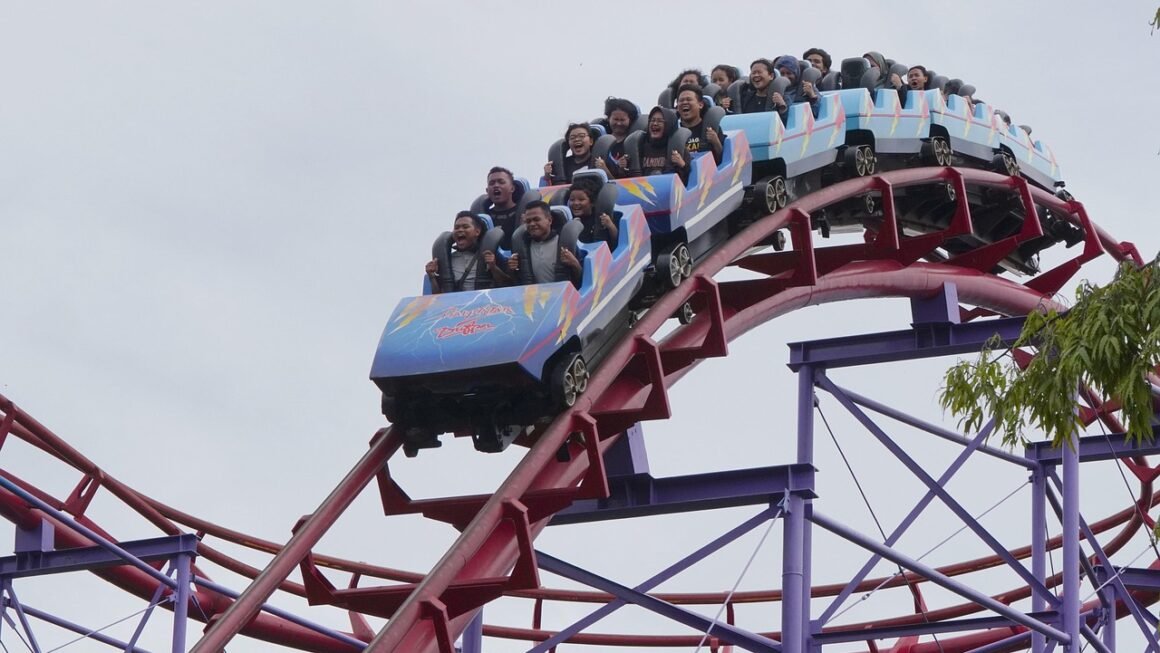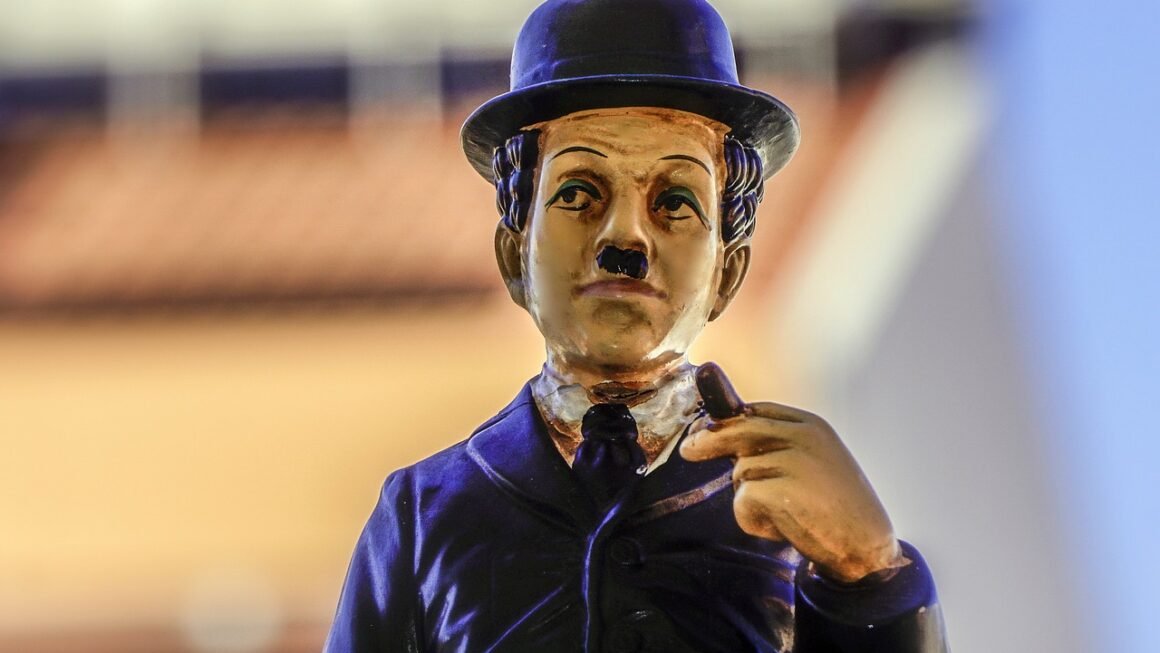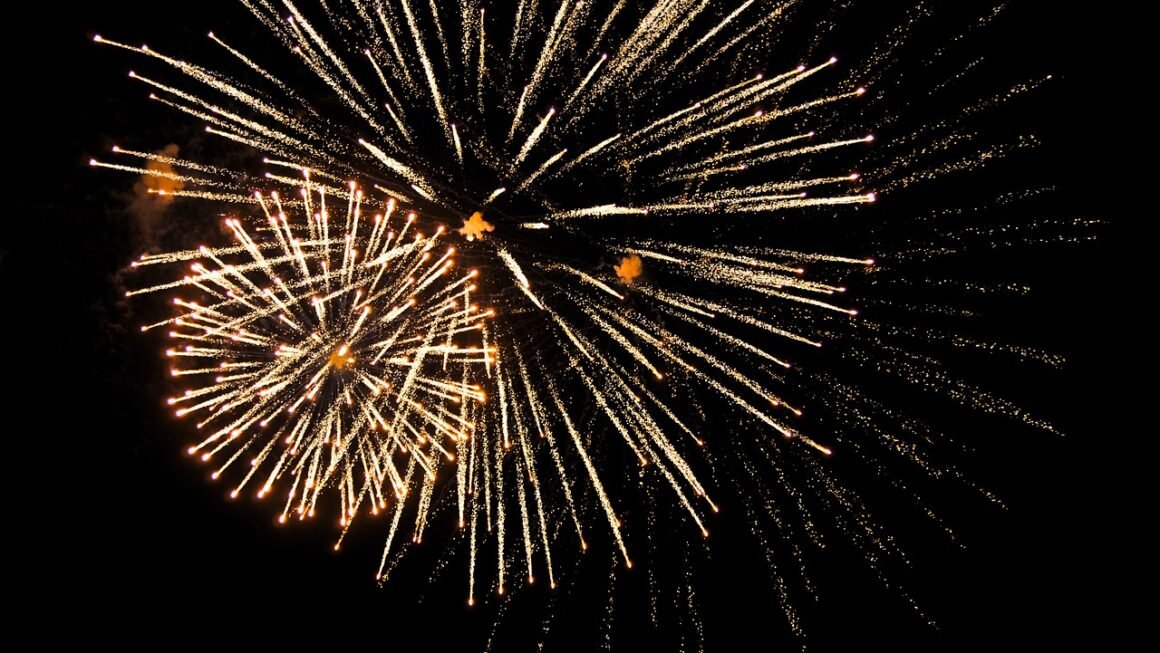Cartoons. They’re not just for kids anymore! From classic animation that defined generations to the cutting-edge digital artistry of today, cartoons have evolved into a diverse and influential art form. This guide will delve into the fascinating world of cartoons, exploring their history, different styles, creation process, and lasting impact on society. Whether you’re a seasoned animation enthusiast or a curious newcomer, prepare to discover the magic and meaning behind the moving images we know and love.
The Evolution of Cartoons: A Historical Journey
Early Animation Pioneers
Before the digital revolution, cartoons were painstakingly brought to life through traditional animation techniques. Think hand-drawn frames, cel animation, and rotoscoping.
- Winsor McCay: A pioneer of early animation, McCay’s “Gertie the Dinosaur” (1914) demonstrated the storytelling potential of the medium.
- Walt Disney: Disney revolutionized animation with innovations like synchronized sound (“Steamboat Willie,” 1928) and the multiplane camera for depth and perspective.
- Max Fleischer: Fleischer’s studios, known for “Betty Boop” and “Popeye,” brought a unique, surreal style to animation.
These early innovators laid the foundation for the industry we know today, establishing key principles and popularizing animation as a viable form of entertainment.
The Golden Age of Animation
The mid-20th century saw the rise of iconic characters and studios, shaping cartoon culture for decades to come.
- Warner Bros. Cartoons: With characters like Bugs Bunny, Daffy Duck, and Porky Pig, Warner Bros. brought slapstick humor and witty writing to animation.
- Hanna-Barbera Productions: Known for their limited animation style, Hanna-Barbera created beloved classics like “The Flintstones,” “The Jetsons,” and “Scooby-Doo.”
- Impact: These cartoons were not just entertaining; they permeated popular culture, influencing language, fashion, and even politics. Think catchphrases that became part of the vernacular.
The Rise of Anime and Global Animation
Animation expanded beyond the United States, with Japan’s anime and other international styles gaining prominence.
- Osamu Tezuka: Considered the “God of Manga” and “Father of Anime,” Tezuka’s influence is undeniable, with works like “Astro Boy” shaping the anime aesthetic.
- Studio Ghibli: Hayao Miyazaki and Studio Ghibli brought breathtaking artistry and profound storytelling to animated films like “Spirited Away” and “Princess Mononoke.”
- International Influence: The rise of anime and other global animation styles broadened the horizons of the medium, introducing new themes, art styles, and storytelling techniques.
Cartoon Styles: A Diverse Spectrum
Traditional Animation
The foundation of animation, traditional animation involves drawing each frame by hand.
- Key Features: Hand-drawn images, fluid movement, and a labor-intensive process.
- Examples: Classic Disney films like “Snow White and the Seven Dwarfs” and “Pinocchio.”
- Modern Uses: While less common today, traditional animation is still used in some independent films and short animations, prized for its unique artistic quality.
Digital 2D Animation
Using computer software, digital 2D animation streamlines the traditional process.
- Key Features: Digital drawing, easier corrections, and more efficient production.
- Examples: “The Simpsons,” “Rick and Morty,” and many modern animated TV shows.
- Benefits: Offers greater flexibility and efficiency compared to traditional animation, allowing for more complex and visually stunning results.
3D Animation
Creating a three-dimensional world on a computer, 3D animation offers a different visual experience.
- Key Features: Realistic textures, dynamic lighting, and the ability to create immersive environments.
- Examples: Pixar films like “Toy Story” and “Finding Nemo,” as well as many CGI-animated movies.
- Process: 3D animators use specialized software to model characters, create environments, and animate movement.
Stop-Motion Animation
Bringing inanimate objects to life, stop-motion animation involves taking a series of photos of objects that are slightly moved between each shot.
- Key Features: Tangible characters and environments, a unique, tactile aesthetic, and a time-consuming process.
- Examples: “Wallace & Gromit,” “Coraline,” and “The Nightmare Before Christmas.”
- Types: Claymation (using clay figures) and puppet animation (using puppets with internal armatures) are two common types of stop-motion.
Creating Cartoons: From Concept to Screen
Storyboarding and Scriptwriting
The foundation of any cartoon is a strong story and visual plan.
- Storyboarding: Visualizing the story through a series of drawings, showing key scenes and character actions.
- Scriptwriting: Writing the dialogue and outlining the plot, ensuring a compelling narrative.
- Tip: A well-developed storyboard and script are crucial for a successful animation project, saving time and resources in the long run.
Character Design and Development
Creating memorable and relatable characters is essential.
- Character Sketches: Exploring different designs, expressions, and poses to find the perfect look for each character.
- Character Backstory: Developing a detailed backstory for each character, including their motivations, personality traits, and relationships with other characters.
- Example: The character design of “SpongeBob SquarePants” is iconic, reflecting his optimistic and quirky personality.
Animation Production: Bringing it to Life
The actual animation process involves various stages.
- Key Animation: Creating the main poses and movements of characters.
- Inbetweening: Filling in the gaps between key poses to create smooth animation.
- Clean-Up: Refining the animation and adding details.
- Coloring and Compositing: Adding color, backgrounds, and special effects.
- Software: Popular animation software includes Adobe Animate, Toon Boom Harmony, and Blender.
The Impact of Cartoons on Society
Cultural Influence
Cartoons reflect and shape cultural norms, values, and trends.
- Social Commentary: Many cartoons offer social commentary on issues like politics, environmentalism, and consumerism.
- Influence on Language: Catchphrases and expressions from cartoons often become part of everyday language.
- Fashion and Style: Cartoon characters can influence fashion trends and design aesthetics.
Educational Value
Cartoons can be a powerful tool for education and learning.
- Educational Shows: Shows like “Sesame Street” and “Schoolhouse Rock!” use animation to teach children basic concepts.
- Historical Cartoons: Cartoons can present historical events and figures in an engaging and accessible way.
- Language Learning: Watching cartoons in a foreign language can be a fun and effective way to improve language skills.
The Power of Entertainment
Ultimately, cartoons provide entertainment and escapism for viewers of all ages.
- Stress Relief: Watching cartoons can be a relaxing and enjoyable way to unwind after a long day.
- Emotional Connection: Viewers often develop strong emotional connections with their favorite cartoon characters and stories.
- Shared Experiences: Cartoons create shared experiences and memories that can bring people together.
Conclusion
Cartoons, far from being a simple children’s pastime, represent a complex and dynamic art form with a rich history and profound impact. From their humble beginnings to their current status as a global phenomenon, cartoons have continually evolved, reflecting and shaping our society in countless ways. Whether you’re an animator, a student, or simply a fan, understanding the art and influence of cartoons offers a fascinating glimpse into the world of imagination, creativity, and cultural expression. So, the next time you watch your favorite cartoon, take a moment to appreciate the artistry, storytelling, and cultural significance behind the animated magic.


